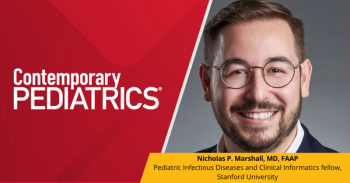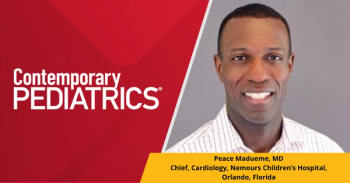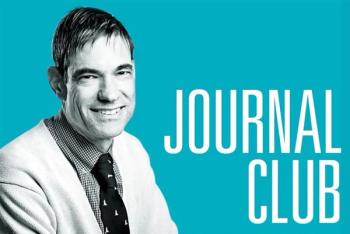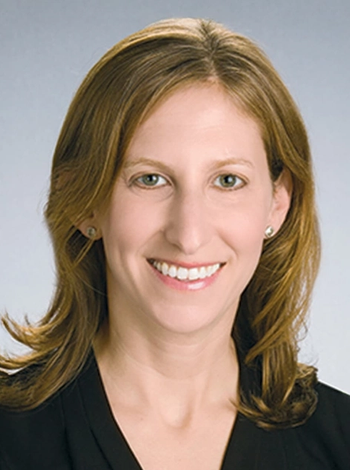
Health care professional burnout must be top national priority, surgeon general says
Medical staff, pushed past their breaking point, say something has to change.
Burnout is a crisis hurting physicians, other medical workers, patients and the U.S. health care system, and addressing it must become a top national priority, according to Surgeon General Vivek Murthy, MD, MBA.
On May 23, Murthy published “
Murthy offered practices and policies that health care organizations, insurers, technology companies, lawmakers, academics, and communities can take to help the problem “so that health workers can thrive and better answer their call as healers.”
“The nation’s health depends on the well-being of our health workforce. Confronting the long-standing drivers of burnout among our health workers must be a top national priority,” Murthy said in a
What to Do Next
Murthy offered topline recommendations to address physician and health care worker burnout:
- Transform workplace culture to empower health workers and be responsive to their voices and needs.
“We can begin by listening to health workers and seek their involvement to improve processes, workflows, and organizational culture,” Murthy said in the press release.
- Eliminate punitive policies for seeking mental health and substance use disorder care.
Health care leaders must ensure on-demand counseling and after work hours care are more accessible to health workers to promote and preserve their well-being.
- Protect the health, safety, and well-being of all health workers.
“This is critical to protect and sustain health workers and communities,” Murthy said.
- Reduce administrative burdens to help health workers have productive time with patients, communities, and colleagues.
One study showed that on average, for every hour of direct patient care, a primary care provider will spend two hours a day on administrative tasks. “That is time that could be spent with patients, in the community, and building relationships with colleagues, which is essential to strengthening the health and well-being of both health workers and patients,” the press release said.
- Prioritize social connection and community as a core value of the healthcare system.
This includes peer and team-based models of care to strengthen collaboration and create opportunities for social support and community.
- Invest in
public health and our public health workforce.
Federal, state, local and tribal governments should diversify and expand the public health workforce and improve disease surveillance systems to help address social determinants of health and health inequities, counter health misinformation, and strengthen partnerships across clinical and community settings.
Looking Ahead
The problem has potential to get even worse due to current and projected shortages of physicians and other medical workers, Murthy said, citing the U.S. Bureau of Labor Statistics and the Association of American Medical Colleges.
The nation will need 1.1 million nurses to replace those retiring at the end of 2022. Within five years, there is a projected shortage of more than 3 million low-wage health workers, and by 2033, there is a projected shortage of up to 139,000 physicians.
Originally published on our sister brand,
Newsletter
Access practical, evidence-based guidance to support better care for our youngest patients. Join our email list for the latest clinical updates.








